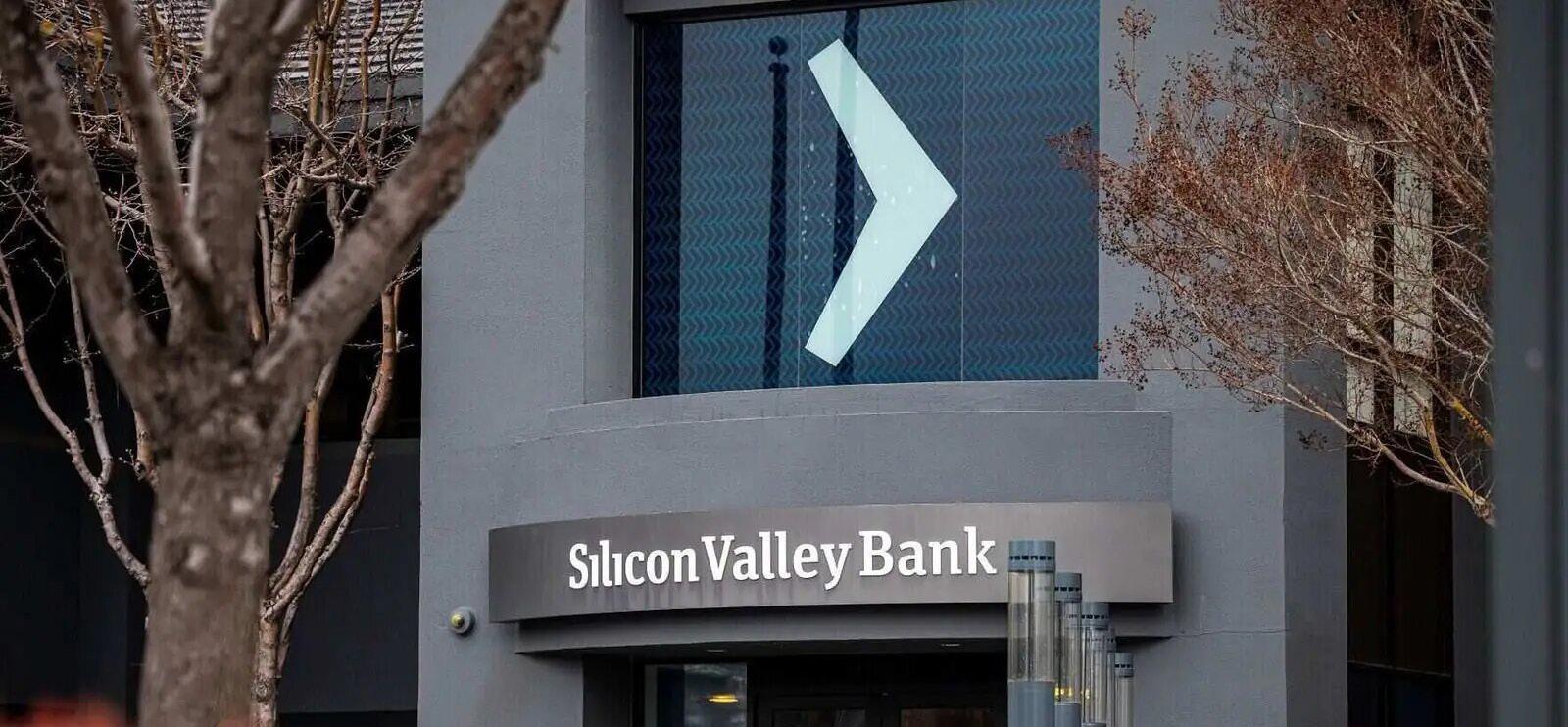
3 minute read
4.7 Details and implications of the Silicon Valley Bank collapse
In the largest banking collapse since the 2008 financial crisis, US regulators were forced on Friday to take over control of Silicon Valley Bank (SVB) - a prominent lender to tech startups, providing financing for almost half of US venture-backed technology and healthcare companies.
Despite being generally unknown to most consumers before last week’s events, SVB was the 16th largest bank in the USA, with $209 billion in total assets at the end of last year, according to the Federal Deposit Insurance Corporation (FDIC).
This collapse, however, did not come out of nowhere. Rising interest rates and the general downturn in the technology sector had been making it difficult for technology companies - SVB’s primary clients - to raise new funds, forcing them to draw down funds held by the bank.
High interest rates had also been causing the bank’s many longterm bonds to be performing well below market value, leaving it with a mountain of unrealised losses just as customer withdrawals were escalating.
When SVB announced that it had sold a series of bonds at a loss, it caused concern for many venture capital firms, some of which advised their clients to withdraw funds from the bank, further exacerbating the situation.

In due course, it became clear that the bank did not have the cash on hand to pay out the mounting number of withdrawal requests, forcing lawmakers in California to intervene, shutting the bank down and placing it under the control of the FDIC.
The collapse of SVB has already impacted other companies in the financial sector. Signature Bank, a New York based commercial bank that worked heavily in the digital assets arena also collapsed late Sunday afternoon. As of late 2022, almost a quarter of Signature’s deposits came from cryptocurrencies.
Both SVB and Signature Bank were deeply connected to many institutions across the world, prompting concern of widespread, systematic failures.

Impact on transaction banking
In general, the collapse of a single bank can have significant implications on the broader transaction banking industry, as it can affect the confidence and stability of the financial system as a whole.
Many of the theoretical symptoms have already been realised over the course of the past week. These include:
Loss of trust and confidence: A bank collapse can lead to a loss of trust and confidence in the broader banking system, as customers and investors may become more hesitant to engage in transactions with other banks.
Systemic risk: A bank collapse can potentially trigger a domino effect on other banks and financial institutions, leading to a broader systemic risk. This is especially true if the failed bank had significant interbank connections and exposure to other financial institutions.
Market volatility: The collapse of a bank can lead to market volatility and uncertainty, as investors may react to the news and sell off their shares in other banks or financial institutions.
Regulatory response: Regulators may need to step in to address the fallout from a bank collapse, which can lead to increased regulatory oversight and stricter rules and regulations for the industry as a whole.
Disruption to transaction banking: Customers who have accounts or transactions with the failed bank may experience disruption to their services, which can impact their ability to conduct business and engage in transactions with other banks.
What happens next?
To prevent widespread panic and cull the risk of widespread bank runs in response, the FDIC and the Biden Administration have assured the SVB’s clients that they would be protected and have access to their funds.
Treasury Secretary Janet L. Yellen said that taxpayers would bear none of the burden of protecting depositors. Their funds will be backstopped by a pool of money that is regularly paid into by US banks and which now holds more than $100 billion.
The Bank Term Funding Program (BTFP) offers loans of up to one year in length to banks, savings associations, credit unions, and other eligible depository institutions pledging U.S. Treasuries, agency debt and mortgage-backed securities, and other qualifying assets as collateral.
US president, Joe Biden, has signalled that his administration will put forward new regulations in the wake of the banking collapse. However, strict financial regulations will be difficult to be adopted by a divided congress.
Over the weekend, the UK government and the Bank of England organised a deal with HSBC to acquire Silicon Valley Bank’s British subsidiary for £1 in an effort to prevent a deep spillover to the UK economy.
As of Monday morning, the UK government has not announced further action to address liquidity problems in the market.
Investors will keep an eye on any potential spillover in the market on Monday morning, as the extent of the collapse is not yet known. Additionally, analysts believe that the SVB collapse will make the Federal Reserve rethink a large rate hike, which is set to be announced next week.
The fallout from SVB and Signature, the second and third-largest banks to collapse in United States history, will be exceptionally large. The only remaining question is, will the contagion spread to other global markets, and are the financial systems resilient enough to withstand this banking collapse?











